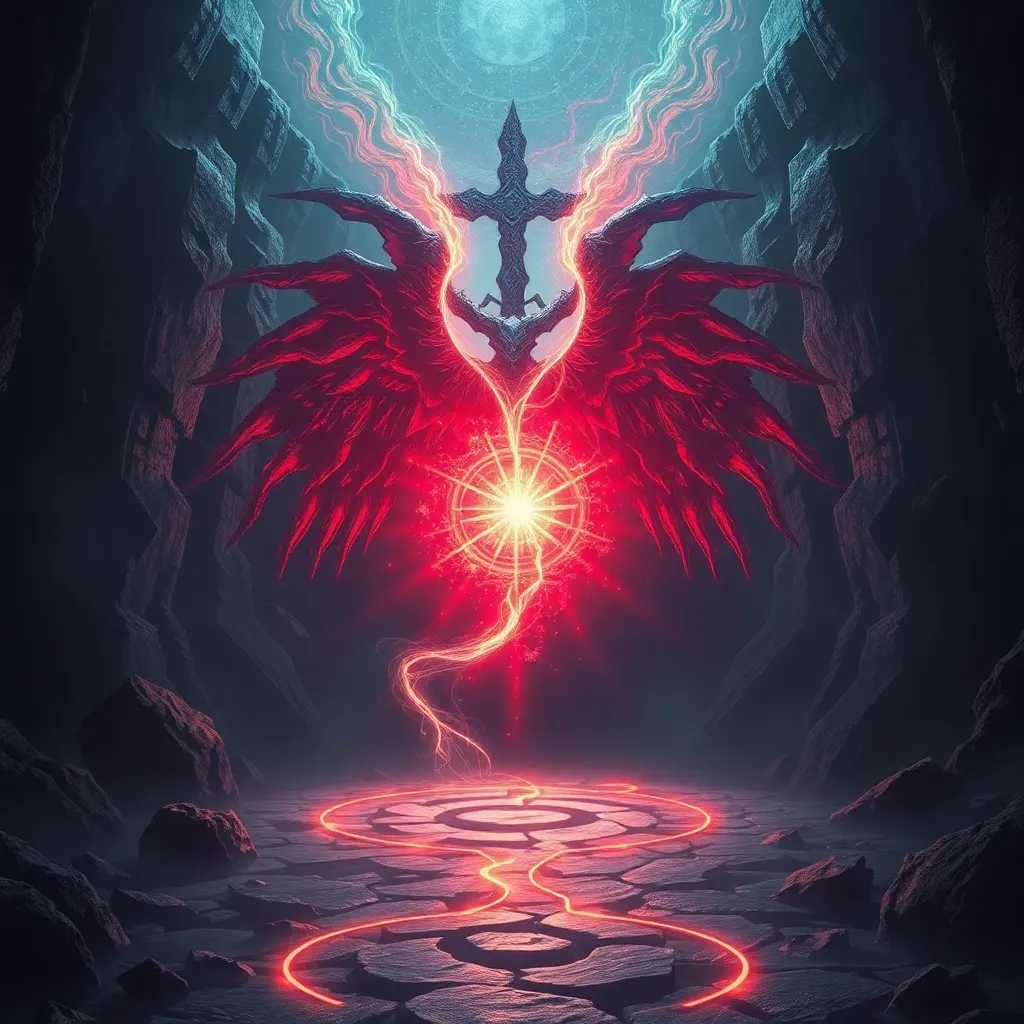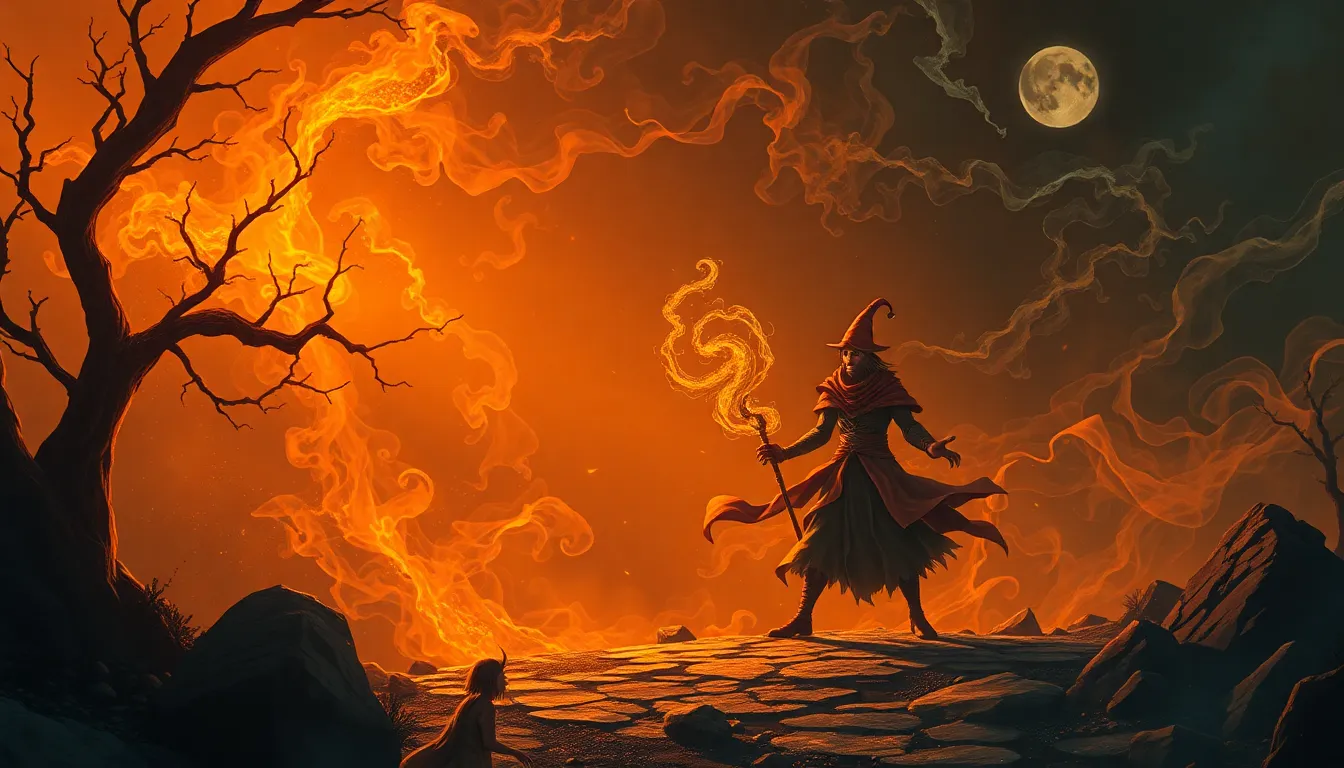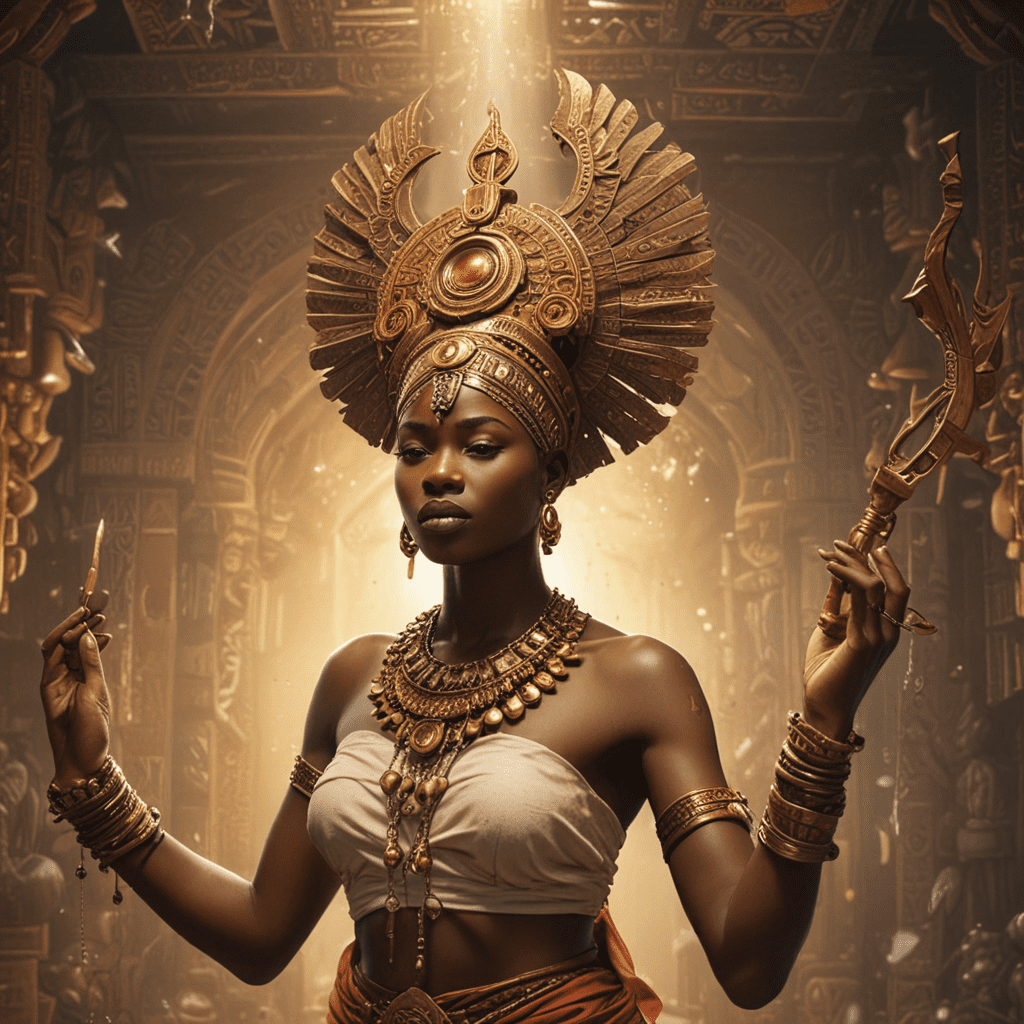The Heart of Koschei: A Search for the Source of His Power
I. Introduction
Koschei the Deathless is a prominent figure in Slavic folklore, often depicted as an evil sorcerer with immense power and a thirst for destruction. His character has captivated audiences for centuries, representing the struggle between life and death, good and evil. Central to his legend is the concept of his heart, which is not merely a physical organ but a representation of his immortality and the source of his formidable strength.
The significance of Koschei’s heart goes beyond its role in the narratives; it serves as a pivotal element that drives the plot of many heroic tales. In this article, we will explore the myth of Koschei, the importance of his heart, and the implications these stories hold for understanding human nature and our eternal quest for power and meaning.
II. Origins of Koschei: A Mythological Context
Koschei’s origins can be traced back to ancient Slavic mythology, where he embodies the archetype of the malevolent sorcerer. His character is often associated with themes of death and immortality, reflecting the duality of existence. Traditionally, Koschei is portrayed as a figure who has gained eternal life through dark magic, but this immortality comes at a price, as he is disconnected from the natural cycle of life and death.
The symbolism of immortality in Koschei’s story raises questions about the value of life and the consequences of seeking power at all costs. His key characteristics include:
- Immortality: Koschei cannot be killed by conventional means.
- Malevolence: He often seeks to harm heroes and innocent beings.
- Manipulation: Koschei uses magic to control and deceive others.
III. The Heart as the Source of Power
In the tales surrounding Koschei, his heart is often hidden away, serving as the linchpin of his immortality. The heart’s role is crucial; it is believed that as long as it remains intact, Koschei cannot truly die. This portrayal emphasizes the heart as not just a physical entity but also as a symbol of life force and vitality.
From a symbolic perspective, the heart has various interpretations across cultures. It often represents:
- Love and compassion: The heart is seen as the seat of emotions.
- Strength and vulnerability: It embodies both the power to love and the pain of loss.
- Life and death: The heart is central to the human experience and mortality.
The connection between Koschei’s heart and his vulnerability is profound; while it grants him strength, its concealment also makes him susceptible to those brave enough to seek it out. This duality highlights the paradox of power — that true strength often lies in understanding one’s weaknesses.
IV. The Quest for the Heart: Heroic Journeys in Folklore
Throughout Slavic folklore, numerous heroes embark on quests to locate and destroy Koschei’s heart, a journey that symbolizes the struggle against evil and the pursuit of righteousness. These heroic narratives often feature characters who demonstrate bravery, intelligence, and resilience as they navigate their way through challenges.
Some notable heroes include:
- Ivan Tsarevich: A common protagonist who embodies courage and cleverness.
- Marina: A heroine who uses her wit to outsmart Koschei.
- Vasilisa the Wise: A character who often plays a key role in defeating evil forces.
These journeys teach valuable lessons about:
- The importance of perseverance in the face of adversity.
- The need for inner strength and moral integrity.
- The idea that understanding one’s adversary is crucial for overcoming them.
V. The Heart’s Concealment: Mystical Locations and Guardians
The heart of Koschei is often described as being hidden in mystical locations, such as:
- A remote island surrounded by treacherous waters.
- A high mountain guarded by mythical beasts.
- Within a forest where time stands still.
Guardians of the heart play a significant role in these tales, as they present additional challenges to the heroes. Magical creatures, such as dragons and enchanted animals, often serve as protectors of the heart, symbolizing the obstacles we face in our own lives. The barriers to accessing the heart represent the trials and tribulations necessary for personal growth and self-discovery.
VI. The Heart in Contemporary Adaptations
In modern retellings of Koschei’s story, the character and his heart have been adapted into various forms of literature, film, and art. These new interpretations often reflect contemporary societal values, exploring themes such as:
- The nature of evil and redemption.
- The consequences of unchecked ambition and desire for power.
- The quest for identity and self-acceptance.
Contemporary portrayals of Koschei often delve deeper into his character, presenting him as a tragic figure rather than simply a villain. This shift invites audiences to reflect on the complexity of human nature and the motivations behind our actions.
VII. The Philosophical Implications of Koschei’s Heart
On a philosophical level, Koschei’s heart serves as a rich symbol of power and vulnerability. It prompts us to consider our own relationships with mortality and the human condition. The heart’s dual nature forces us to confront questions such as:
- What does it mean to truly live, and what are the costs of immortality?
- How do we balance our desires for power with the responsibilities that come with it?
- In what ways does our understanding of life and death shape our values and actions?
The relevance of Koschei’s heart in modern philosophical discourse lies in its ability to resonate with our struggles and aspirations. It encourages us to explore the intricacies of our existence and the choices we make in pursuit of meaning.
VIII. Conclusion
In conclusion, the significance of Koschei’s heart in mythology is profound, encapsulating themes of immortality, power, and the human experience. This narrative serves as a timeless reminder of the complexities of life and the eternal battle between good and evil.
As we reflect on these enduring stories, we are invited to explore the deeper meanings behind them, uncovering the lessons they hold for our own lives. The quest for Koschei’s heart continues to inspire and challenge us, urging us to seek understanding, embrace our vulnerabilities, and navigate the mysteries of existence.



